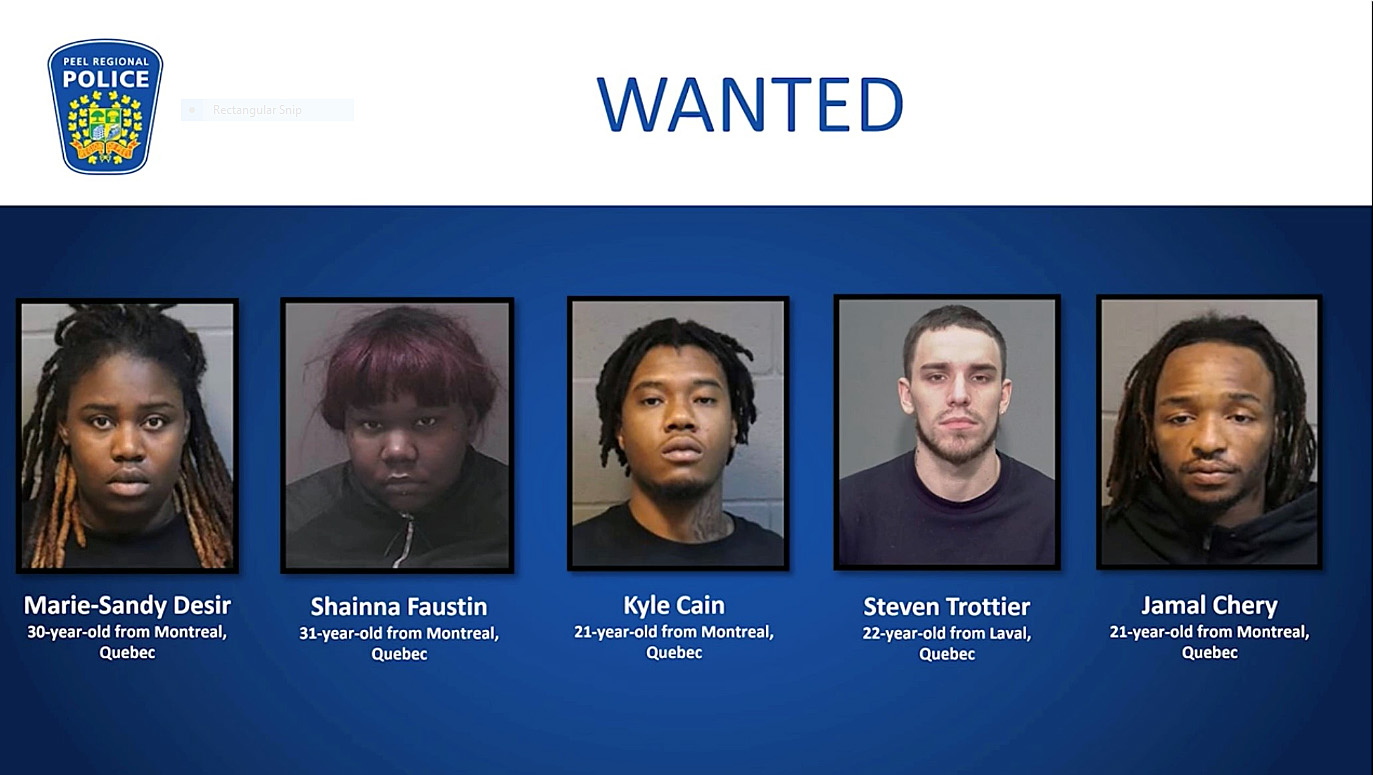Infra
Biking advocate says video of Toronto ambulance using bike lane proves importance of keeping cycling infrastructure

Video has emerged of a Toronto ambulance being forced to use a bike lane to avoid downtown traffic, an incident one biking advocate says highlights the utility of the separated roadways at a time when their existence and expansion face uncertainty.
In the video posted to Reddit by user “andyw8” on Thursday, the ambulance can be seen travelling eastbound on Adelaide Street West with its lights and sirens activated, meaning it is headed towards the scene of an emergency.
As the ambulance approaches what appears to be Bay Street, the driver encounters stand-still traffic amid construction in the area. The paramedic operating the vehicle then carefully merges into the bike lane ahead of the lone cyclist taking the video.
Ambulances, police cruisers, and fire service vehicles can use the city’s bike lanes if they are actively responding to an emergency.
David Shellnutt, known as The Biking Lawyer, shared the video with CTV News Toronto and said the driver “skillfully” used the separated lane to avoid what he called critical delays in the area.
The incident comes after the Ontario government passed legislation last Monday requiring municipalities to seek approval from the province to install a new bike lane, if they remove a lane of traffic. Moreover, the bill allows the province to rip out existing bike lanes on parts of Bloor Street, Yonge Street and University Avenue.
Ford ‘using false narratives’: Shellnutt
Speaking at an unrelated news conference in September before the legislation was passed, Ford railed against bike lanes and said first responders were “pulling their hair out” due to bike infrastructure in the city.
“The fire trucks that can’t get across the road because there’s barriers or there’s bike lanes and they’re backed up. Talk to our police that are trying to get to a call. Or our paramedics. It’s an absolute disaster. It’s a nightmare,” he said at the time.
CTV News Toronto has reached out to the City of Toronto to see if and how bike lanes have impacted emergency services response times across the city, but has not yet received a response.
Ford added that a petition in Etobicoke, which houses his own riding of Etobicoke North, to remove bike lanes reached “50,000” signatures. While it’s unclear what petition Ford was referring to, a petition drafted by Etobicoke residents calling for the “re-evaluation and balanced integration of bike lanes on Bloor Street” has garnered nearly 14,000 signatures since it was launched late last year.
For Shellnutt, he said Ford’s rhetoric on bikes lanes is akin to political posturing.
“This video is further proof that Premier Ford’s claims that bike lanes need to go because they are impacting EMS response times is nothing more than a political ploy to rile up anti-cyclist attitudes in advance of an election. Using false narratives, he’s stoking a culture war in Ontario,” he wrote in a statement. It should be noted that while Ford has not announced plans to hold an early election in 2025, he has also not ruled that possibility out.
In June, the city released emergency response time data from before and after the installation of the Bloor Street West Complete Street Extension, a project which saw separated cycle tracks installed between Shaw Street and Runnymede Avenue.
The data showed that after the project was complete, between October and December of 2023, the response times for Toronto Fire Services in the area did increase by 30 seconds, compared to the same time in 2022. The city-wide increase was two seconds. For Toronto Paramedic Services, response times in the area increased by 42 seconds, however the city-wide increase was 45 seconds.
The city noted at the time that the sample size was “very small” and may not “accurately reflect impacts on response times.”
Since then, however, Toronto Fire Chief Jim Jessop stated at a public meeting in October, organized by Etobicoke-Lakeshore Coun. Amber Morley, that response times have actually improved on Bloor Street since the lanes were installed. He made similar comments at a City of Toronto Infrastructure and Environment Committee Meeting in 2022, saying response times in Midtown had decreased as well since bike lanes were installed there.








